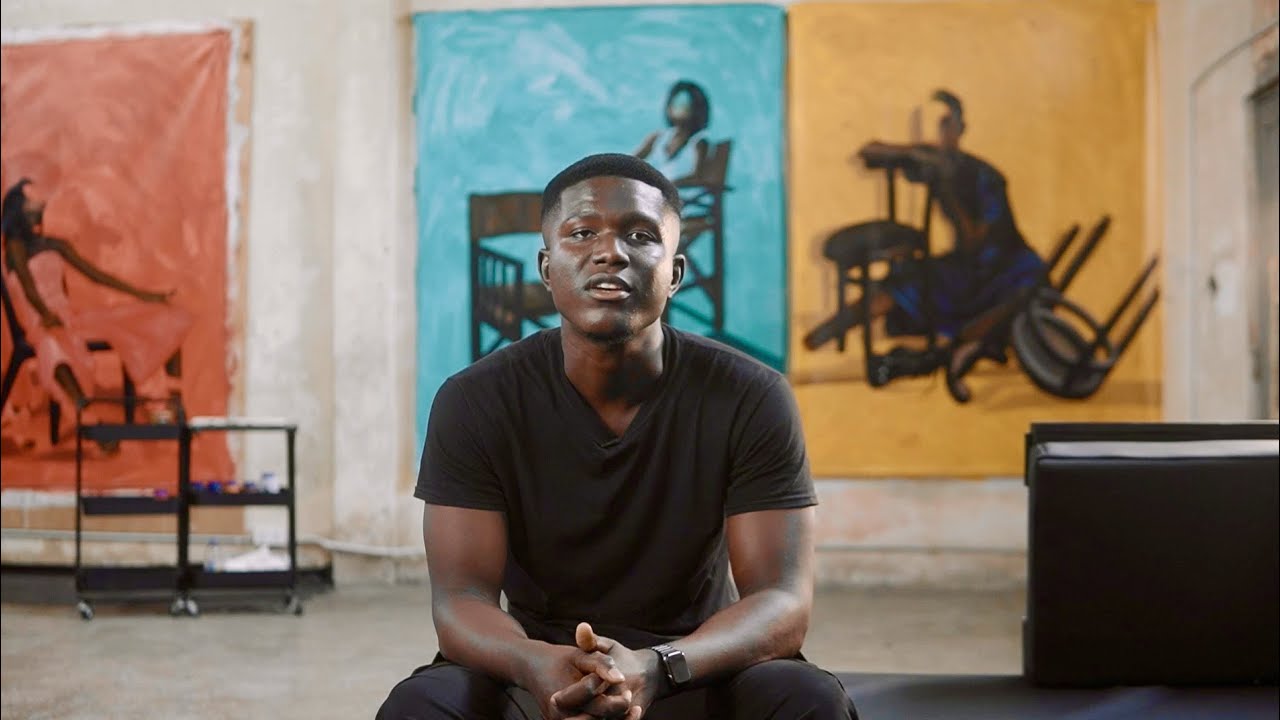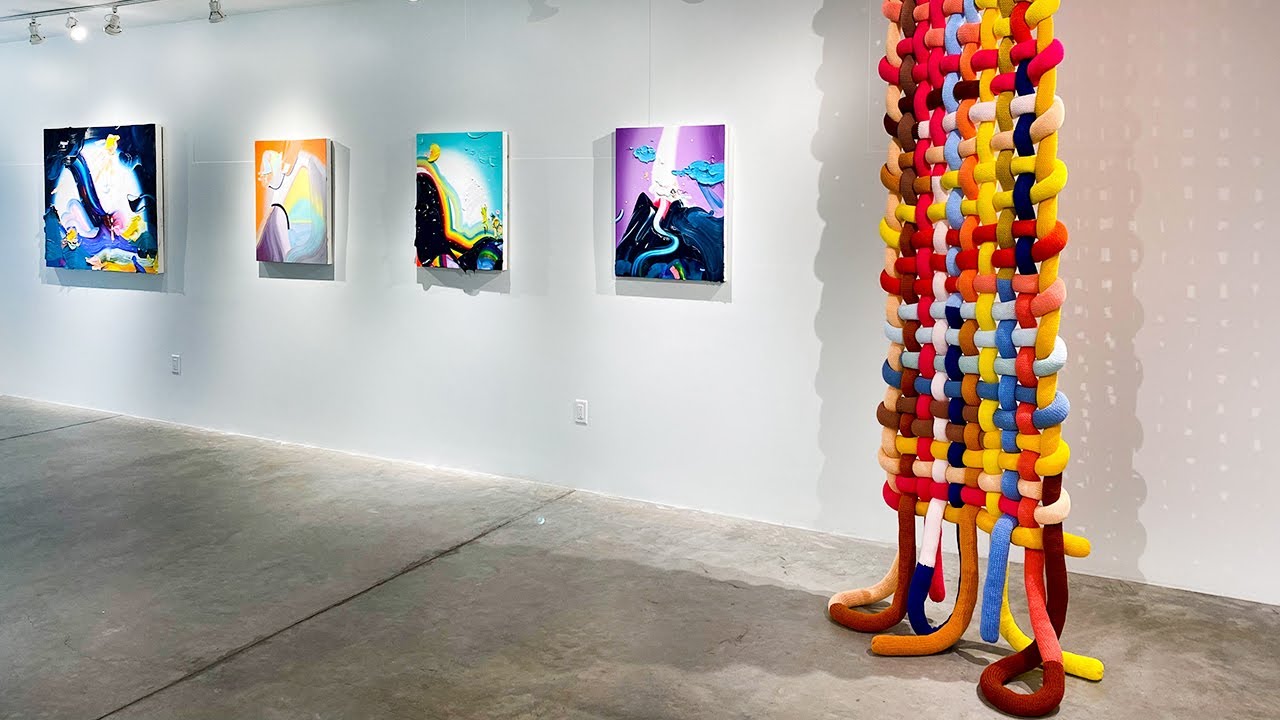What is an artist’s residency? What are the benefits of attending one? Are they affordable? Are they open to painters and sculptors? Here are the core principles of artist residencies:
Artist-in-Residence Programs
An Artist-in-Residence program offers artists a temporary, unorthodox living environment where they can develop their skills and learn about a new medium. They may stay in a community for a couple of weeks, a few months, or even a year, depending on the program. Artists who are accepted into these programs usually receive special access to spaces, collections, and experts that will benefit their creative process. In addition, the experience is often a boost to their reputation.
While the goal of an Artist-in-Residence program is to create new work, residencies are also designed to foster community. During the first week, Associates are given an opportunity to present a synopsis of their work and ideas to other artists. By doing so, the artists become acquainted with one another, and they may be invited to participate in an artist panel. This opportunity can lead to new collaborations and friendships.
Several Artist-in-Residence programs provide studio space, possibly housing, and a gallery exhibition. The deadline for applications for these programs is usually in the fall, although some residency programs may have longer deadlines. The British School at Rome offers a three-month residency focused on painting, interdisciplinary dialogue, and new ways of working. In Philadelphia, the science museum hosts a residency with two to three-month sessions. The deadlines for applying to residency programs vary depending on the country.
The Skowhegan School of Painting and Sculpture is another prominent artist-in-residence program. Founded in 1946, it offers lectures and critiques from six established artists. This prestigious program is limited to a few artists each year. While most artists may not qualify, if you live in the state of Maine, you can apply for a fully funded residency. The residency is also accompanied by a stipend of $400-$750.
In addition to the residency, PAA residents may hold classes and workshops to support their artistic practice. Applicants should submit a proposal outlining the body of work they want to create during the residency and how it will advance their career. If possible, they should provide two professional references. Digital images must be JPEG format with a minimum resolution of 300dpi. File names should correspond to annotated image list that details the work title, medium, dimensions, and year of completion.
Core principles of artist residencies
The fundamental goal of an artist residency is to provide an artists with the necessary tools to work efficiently and effectively. Artists residencies offer artists individual bedrooms and other living and working space. In addition, these residency programs must allow foreign artists to freely move and trade art. The residency’s purpose is to support creative production and networking. The word residency derives from the Latin word “residere,” which means “to dwell.” This term also connects the local to the global. While residency programs can be as diverse as the arts community themselves, there are some common principles that remain the same.
Residency programs generally provide studio space that provides adequate light and heat. They may also offer access to basic tools, but artists must verify safety before using any of them. Artists may receive guidance from staff ecologists for their projects. Although staff members may assist with the creation and installation of their work, they are not responsible for its final production. Artists are often provided with discounted or free classes, access to night walks, and opportunities to participate in high-profile public events.
While artists need to get into the thick of things early, this is often not practical for struggling artists. Community organizations often view artists with specific projects from a sidelines position. Residency programs need to engage artists and organizations in reciprocity so that both parties benefit. In addition, artist residencies have a positive impact on the community. In a sense, these organizations will see the artists as partners. The relationship between the artist and the organization strengthens the art community and helps to build artists’ careers.
The residency experience should begin with research. A residency directory will help artists identify residency programs in their area. Filter the results by geographic location, discipline, and context. Once a residency program matches their criteria, the artists can save their search results as a resource. This directory will help them find out more about the experience, so that they can use them as reference later. If you are a resident artist, you will have the opportunity to work on your practice.
Costs of artist-in-residence programs
The cost of participating in an artist-in-residence program will depend on the location, duration, and level of support provided by the program. The Headlands residency program, for example, will provide artists with a CAD $1,530 honorarium, private studio space, and access to technical equipment and support. The residency includes paid round-trip airfare and a monthly stipend for materials and travel expenses. The Lighthouse Works fellowship includes housing, food, and a $2500 stipend.
The Deering Estate will select 18 to 20 artists for each residency each year. Each artist receives a $1,500 stipend to cover expenses during the two-month residency. Residency dates are from September to August, excluding December. Artists in residence are expected to stay the entire two-month period and are expected to commit to working on their art work. The artist has access to a private studio and specialized equipment 24 hours a day. Residents are also responsible for their own materials and tools, as well as for fees and expenses for work done off-site. They are also responsible for hiring an assistant if they need one.
The cost of an artist-in-residence program varies based on the location. The Young Audiences Residency, for example, requires an artist to visit an individual school or organization at least three times. It aims to help students acquire proficiency in a particular art form. It also offers long-term, intensive creative experiences. The program requires an initial planning meeting, which determines the desired outcomes and timeline. The total cost for a residency program depends on several variables, including the location and type of art form. The principal and artist must agree on a planning contract, which must be signed before the residency begins. The residency is usually four to five sessions for a single participating class or school.
The National Parks Service offers several different artist-in-residence programs, each tailored to the needs of the particular artist. Programs vary from park to park, but they all offer a variety of benefits, including studio space, studio time, and an award. A residency may also include a public lecture or workshop, and studio rental credit. The recipient of the program must also contribute to a public program, such as a public lecture or exhibit.
Open to painters, sculptors
Are you interested in funding for your artwork? Thousands of artists have already been awarded grants from the Arts Foundation of New Mexico to help fund their projects. This call for artists is open to all mediums, including painters, sculptors, and photographers. Whether you create a one-of-a-kind sculpture, a large-scale mural, or a series of commissioned paintings, the Arts Foundation of New Mexico offers a number of ways to find funding for your project.

